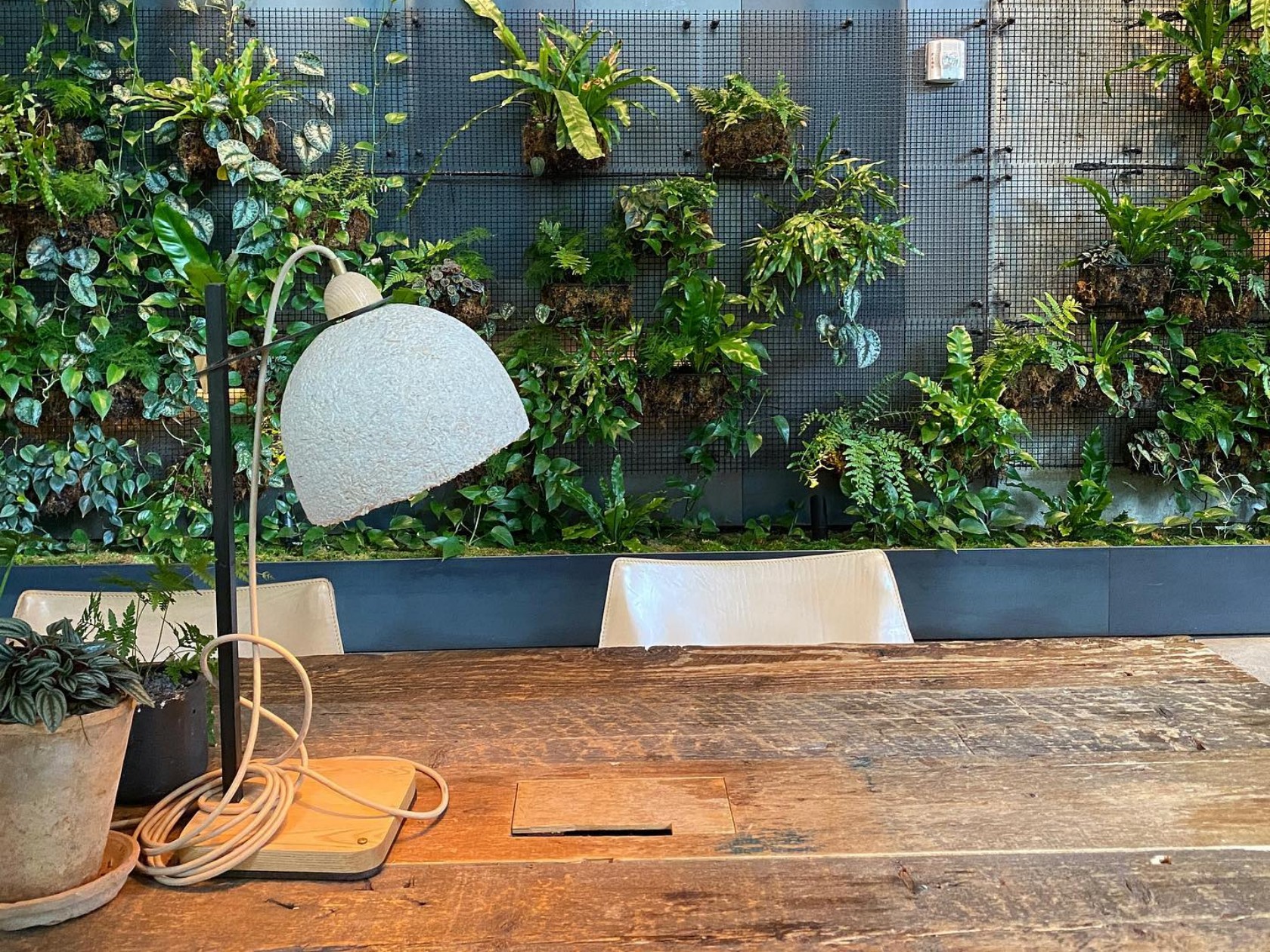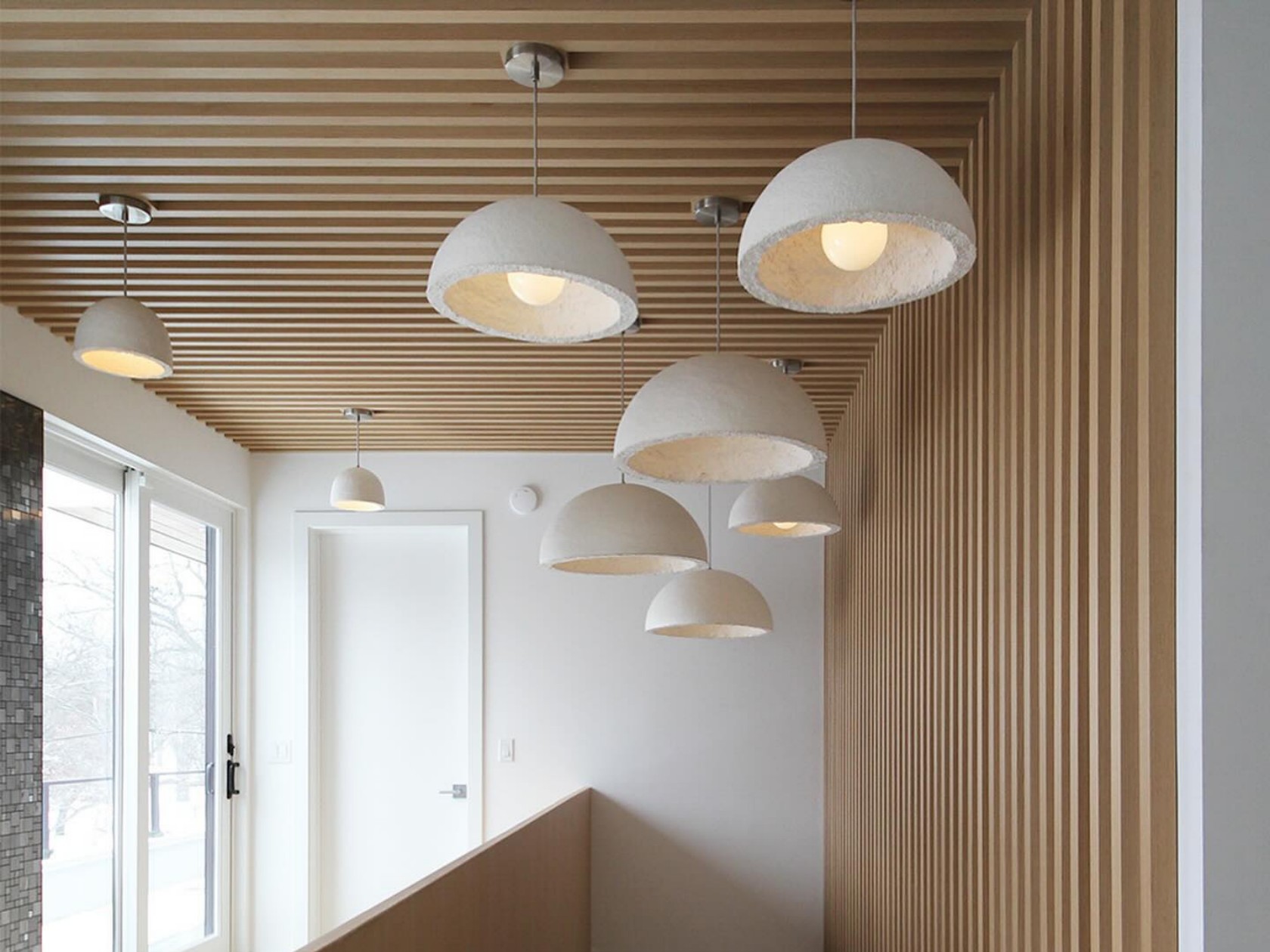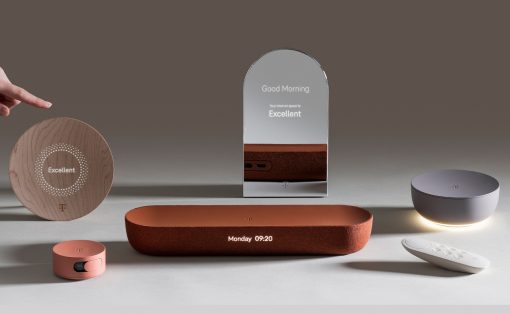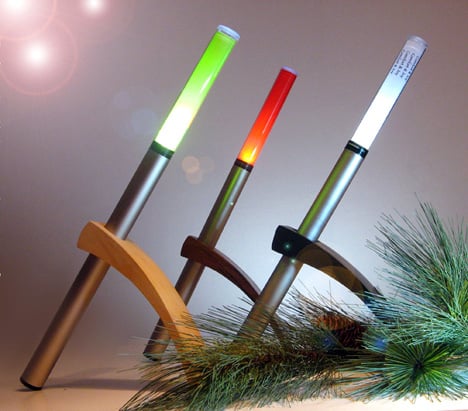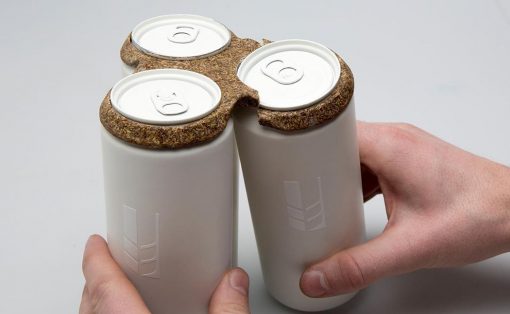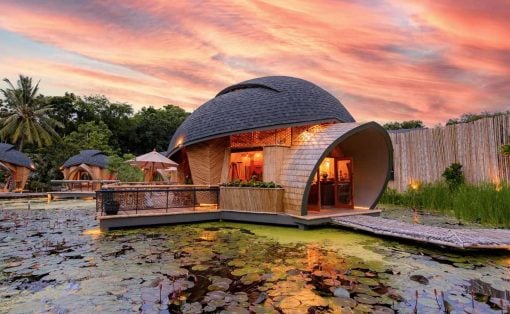We’ve come across a wide variety of lamp designs with an even wider assortment of lampshades made from different materials using different methods. Of course, the most common are made of metal, plastic, or glass, as these are easy to come by and manufacture in this day and age. They’re not exactly sustainable in the long run, though, even if some are considered to be such. They might not be easily renewable or they take a lot of energy to produce, generating carbon emissions and waste in the process. This particular lighting collection, however, really takes eco-friendliness to heart by using a material that’s not only sustainable, biodegradable, and renewable, it can also be easily grown in a lab rather than manufactured in a factory.
Designer: Danielle Trofe, Lujah Brown (MushLume)
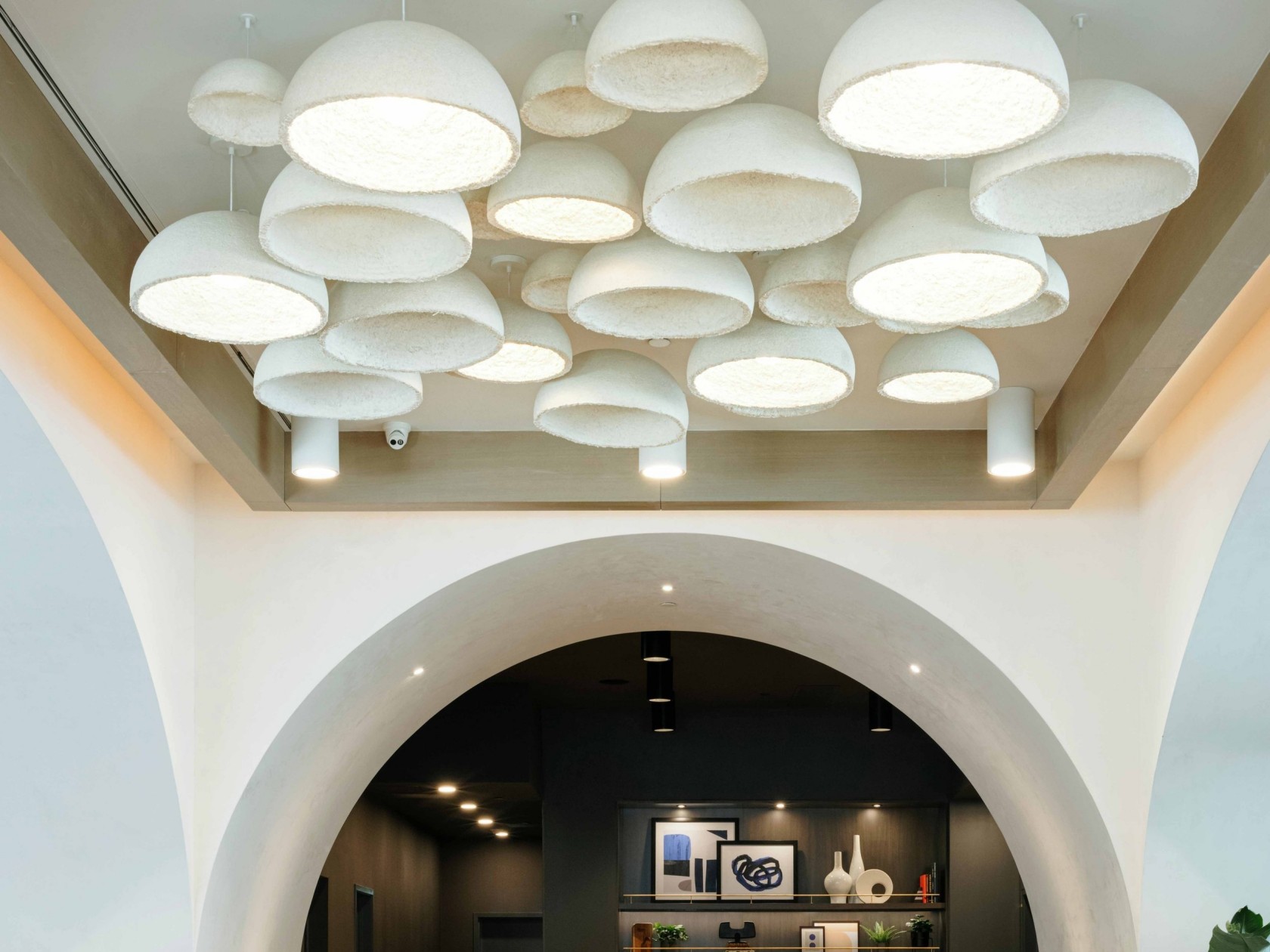
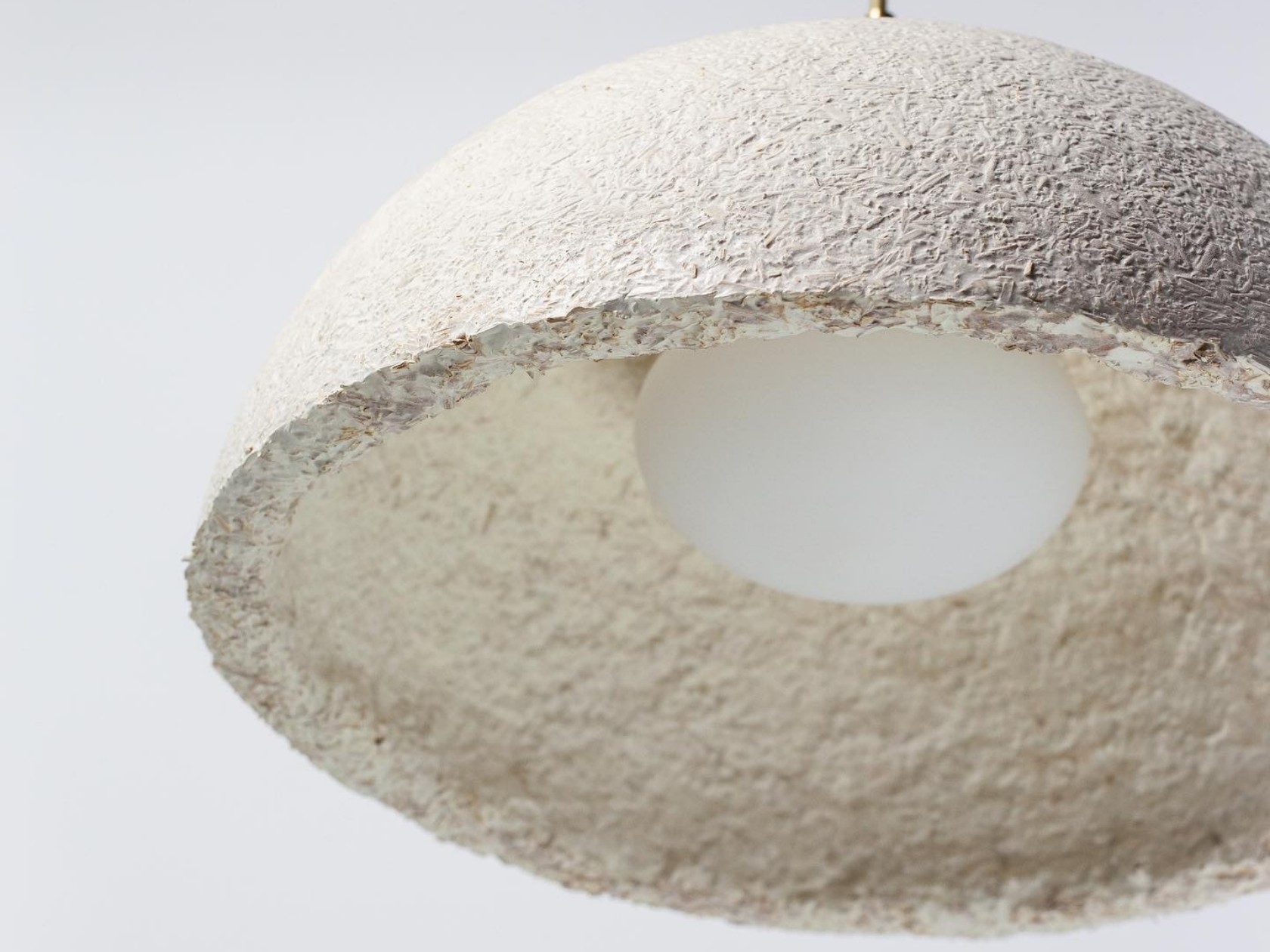
Mycelium is becoming quite a star in the design industry despite its modest and literally down-to-earth roots. They are practically mushroom roots consisting of a complex branching network that, in the natural world, are used to distribute water and nutrients to plants while themselves also serving as food for organisms living in the same soil. Recently, mycelium has become the focus of many research and design experiments that use it as an alternative to typical materials like fabric or even concrete.
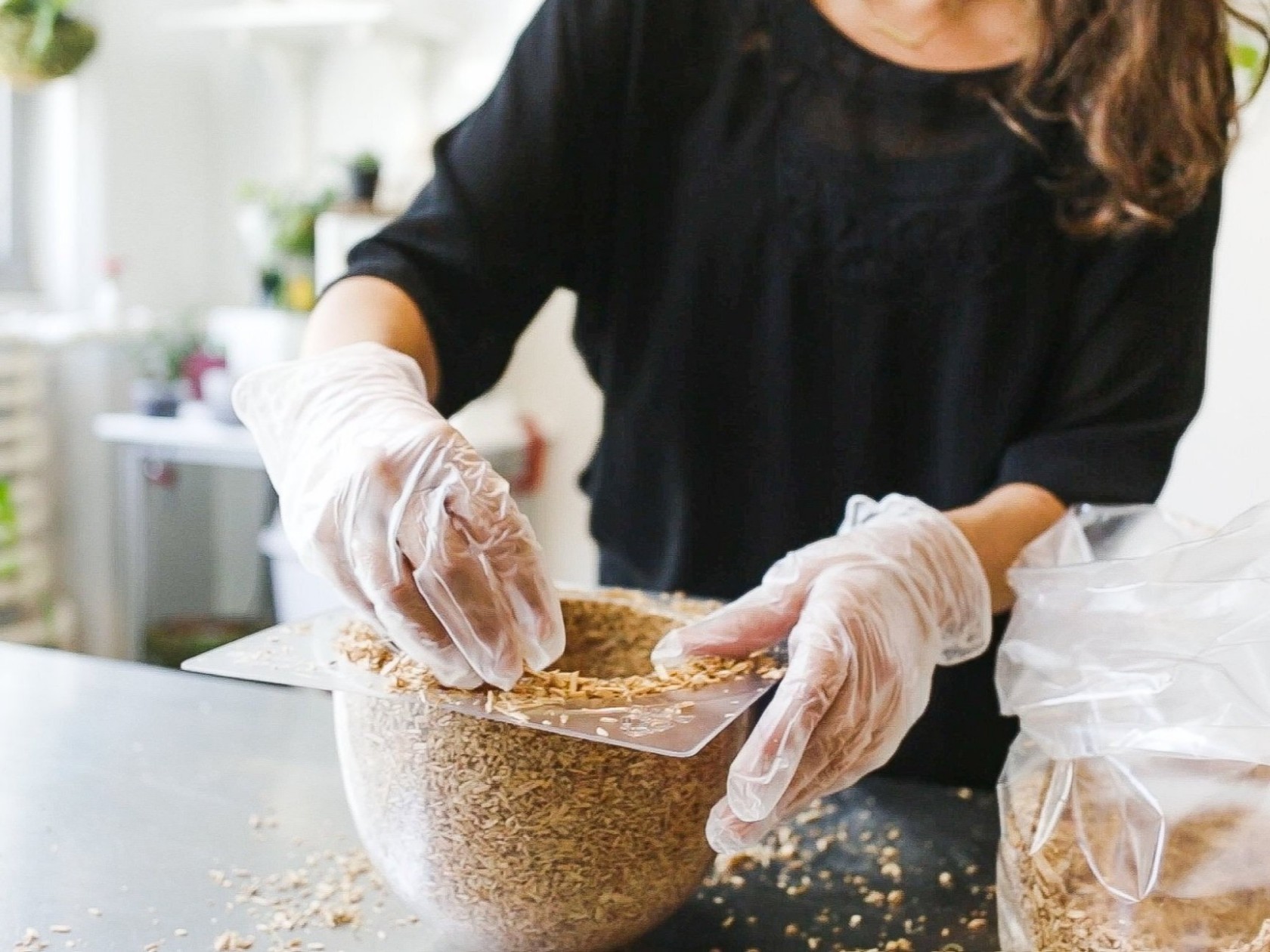
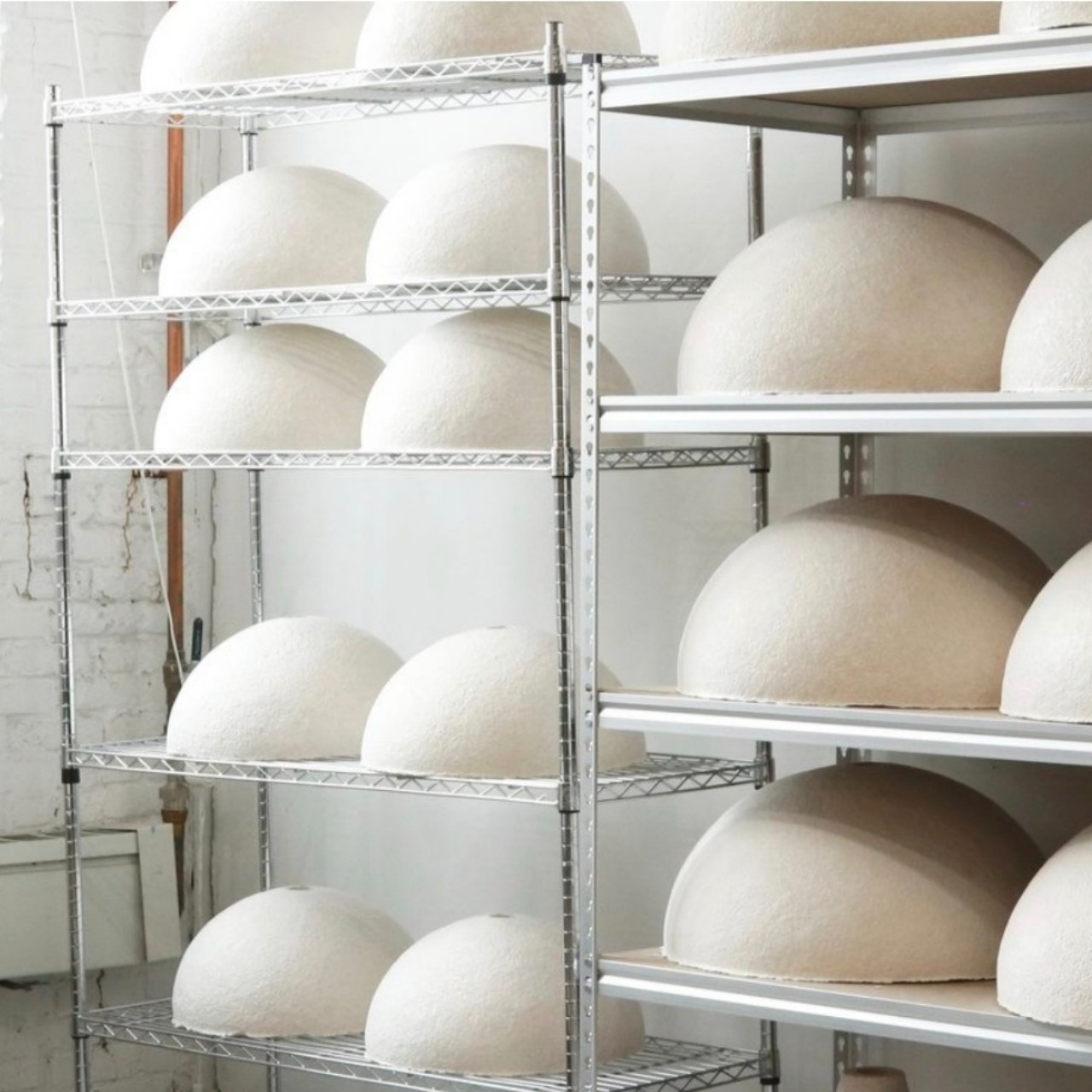
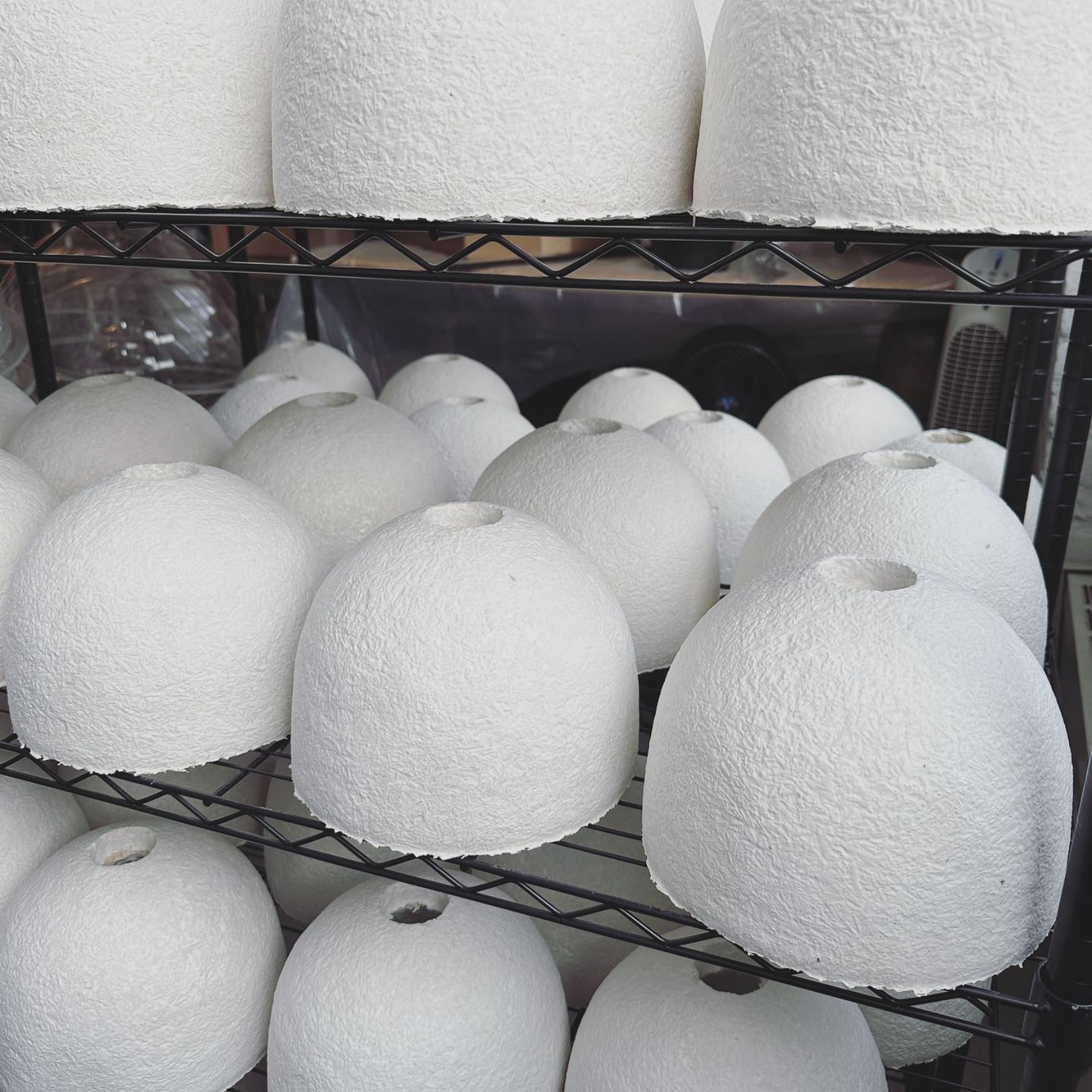
MushLume, and obvious wordplay on its origins, harnesses the properties of mycelium to create lamp designs that are not only striking but also friendly to both the Earth and humans as well. But rather than take the painstaking work of gathering mushroom roots from the wild, the fungi are instead grown into a hemp substrate that eventually solidifies inside a mold. Once matured, the new structure is removed from the mold heated, and dried to become practically any lamp form you can think of.
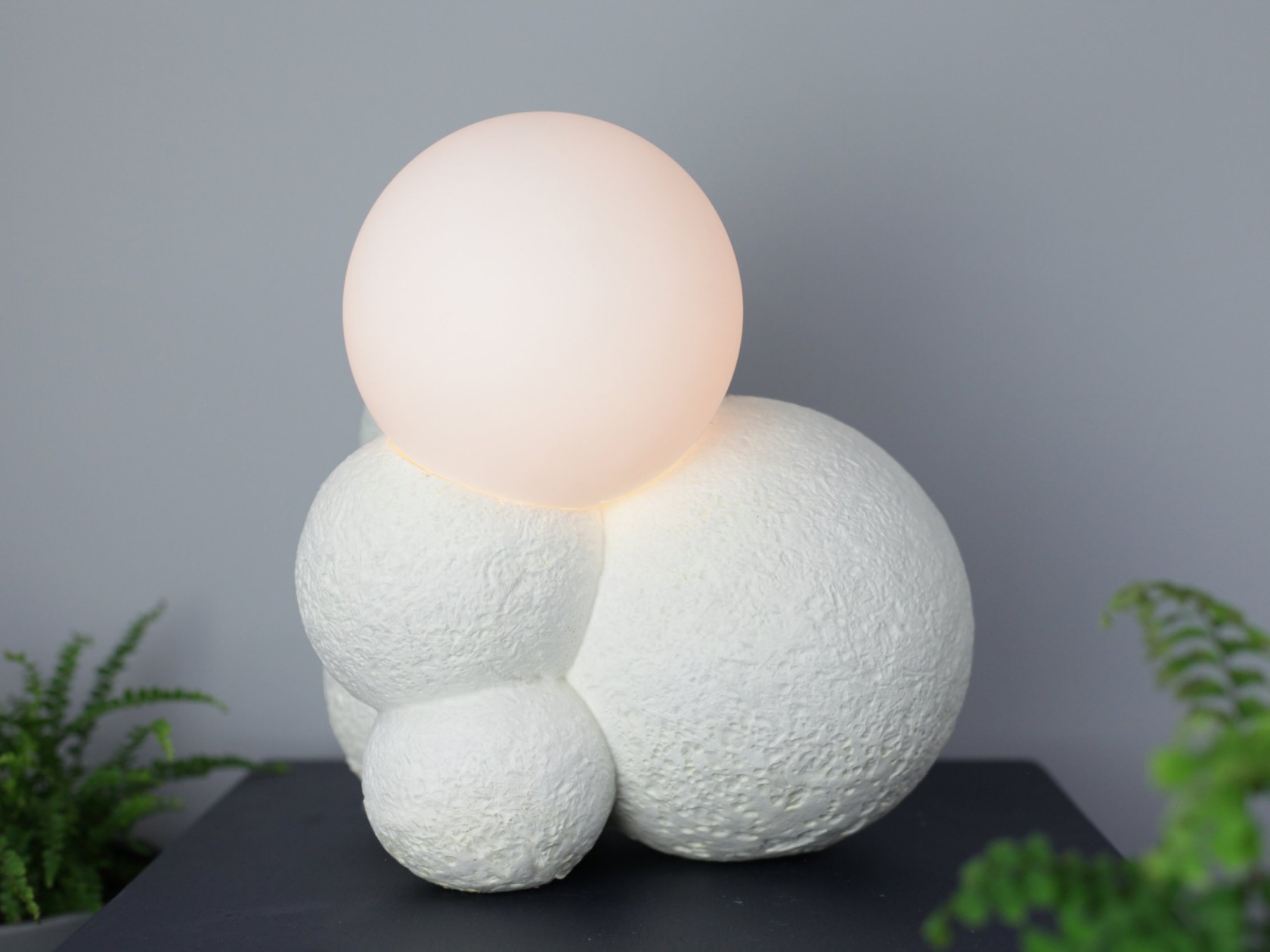
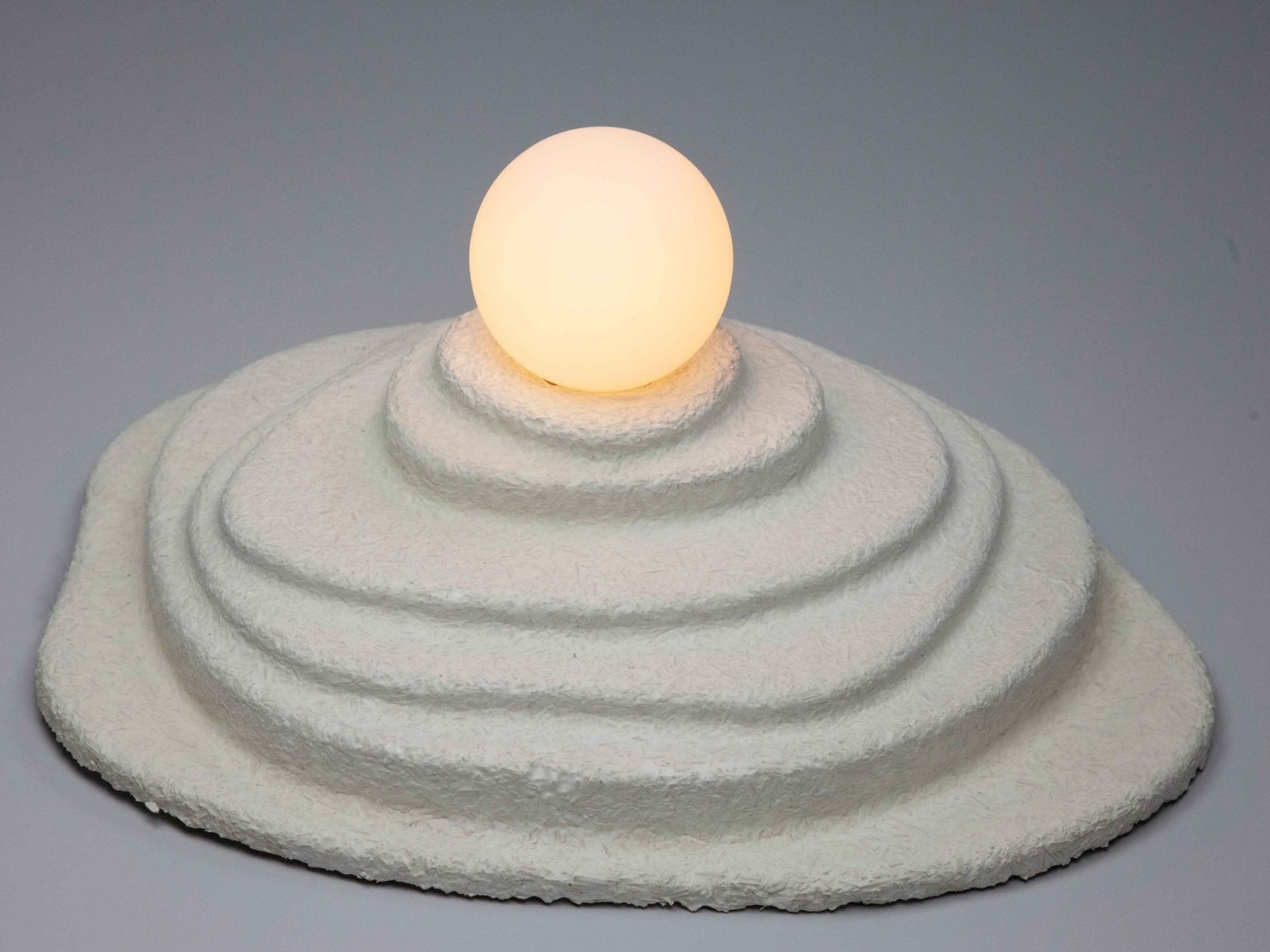
The result is a material that checks all the sustainability boxes. It uses very little water and energy to make, significantly reducing carbon emissions and waste. The material is also biodegradable, which means you can eventually throw it out into a backyard compost or landfill and it will safely decompose over time. That said, they are expected to last for years so you won’t need to do that any time soon.
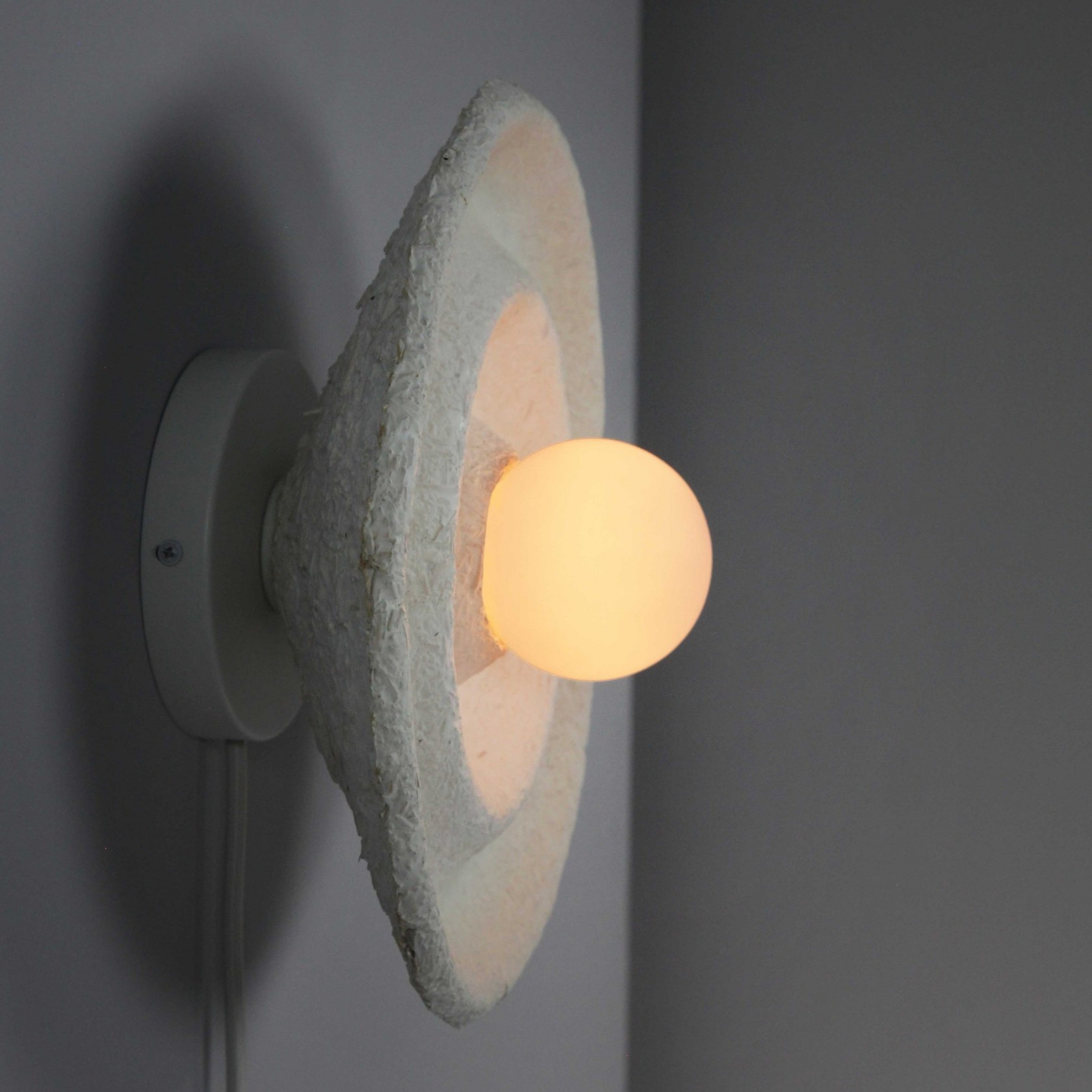
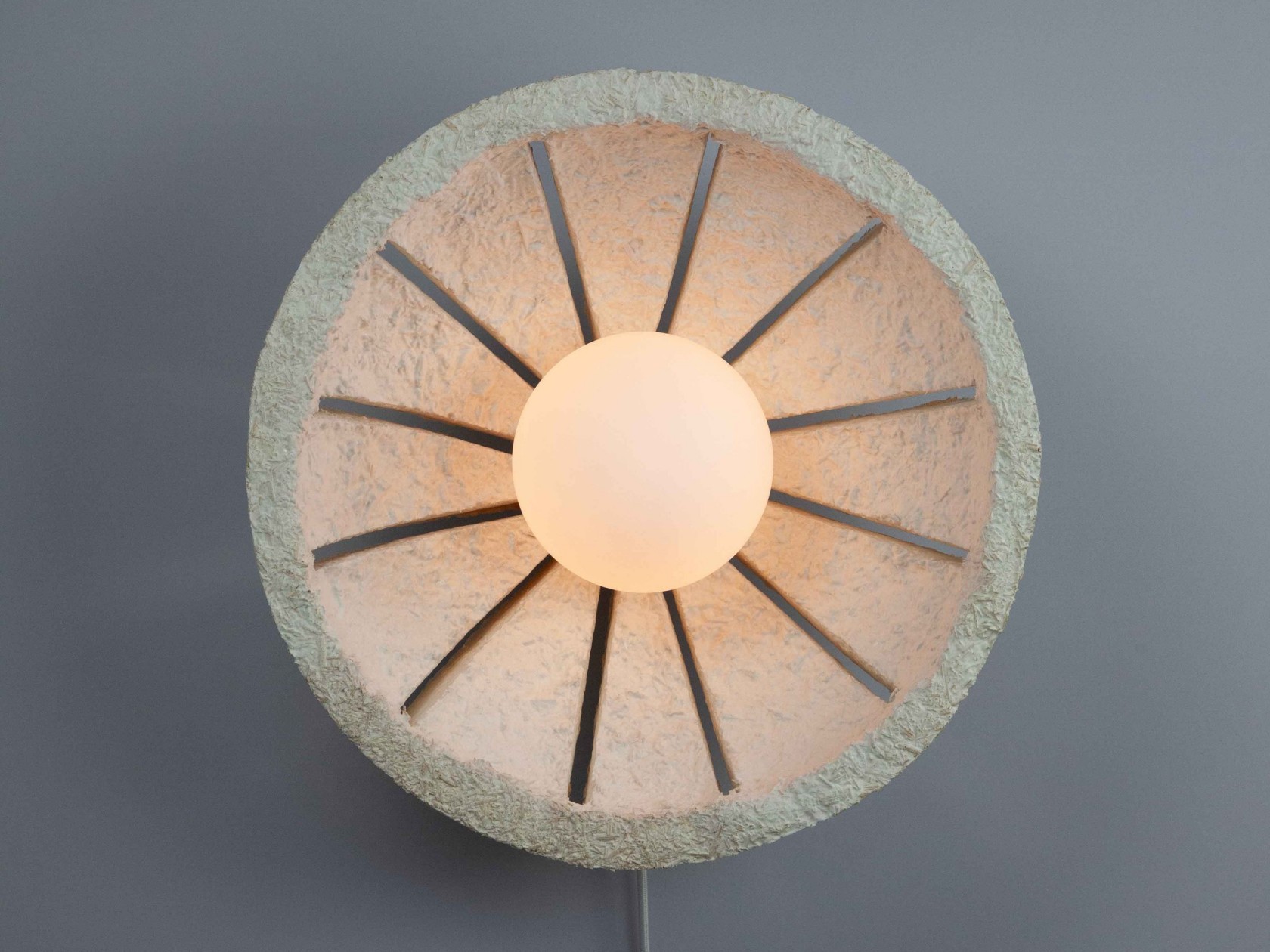
MushLume lamps also bring a distinctive aesthetic to any space. Their raw and rough surfaces almost resemble concrete from a distance but are incredibly lightweight in reality. The texture and patterns, which are unique to every lamp, also add some character to the design, while also giving the diffused light a warm tone. MushLume definitely challenges the conventions of designing and producing products, though there still needs to be more testing to see if mycelium can really scale up to be the mass-grown foundations of future products.
